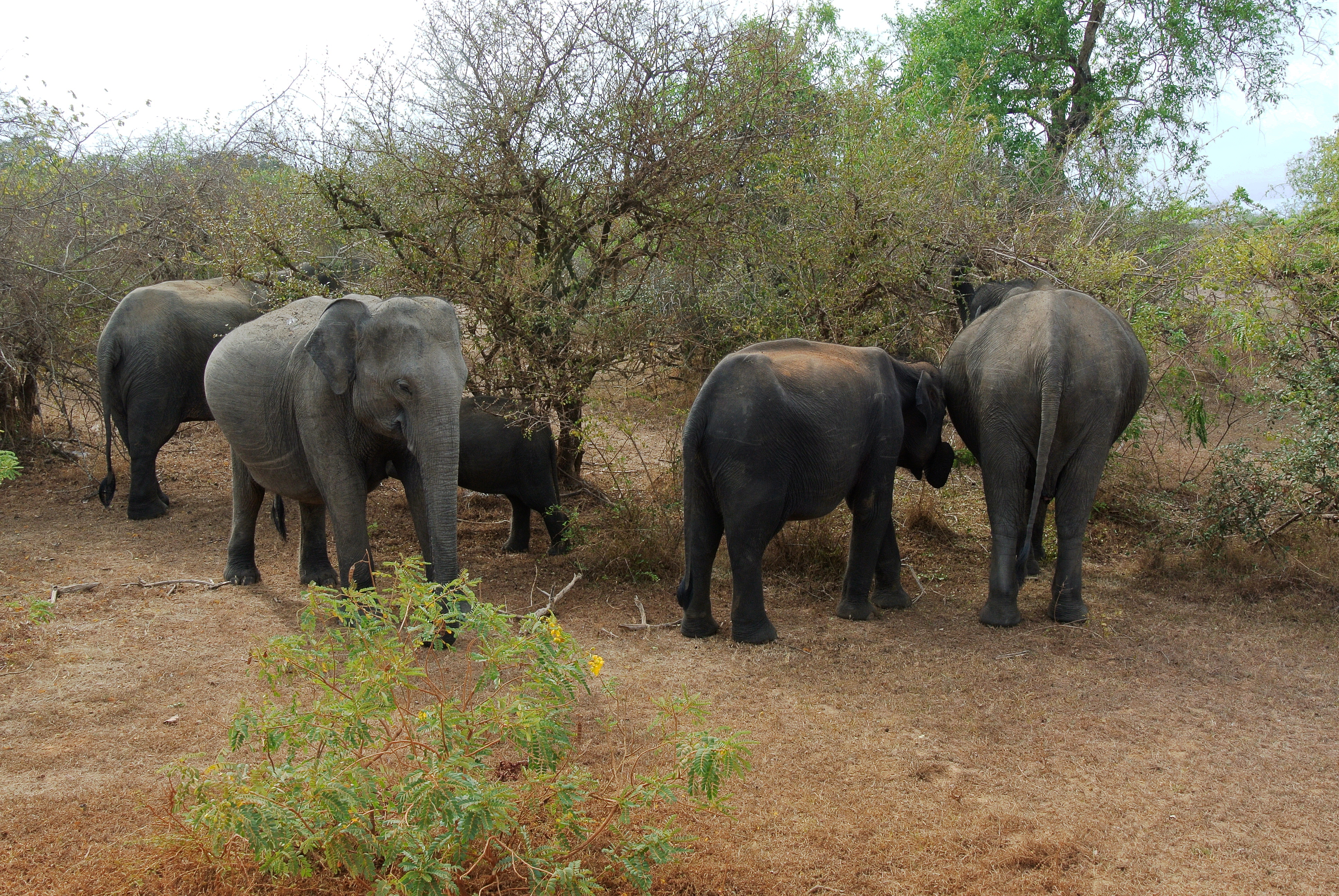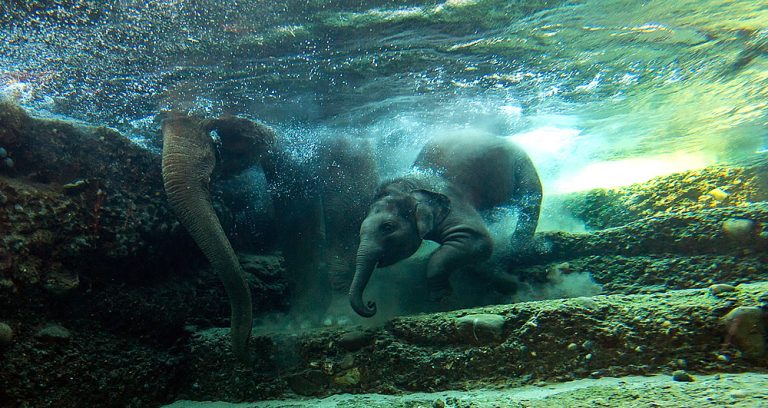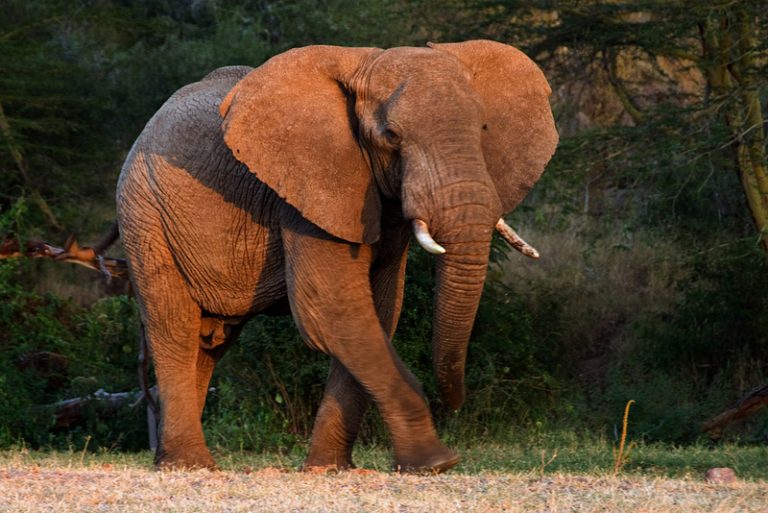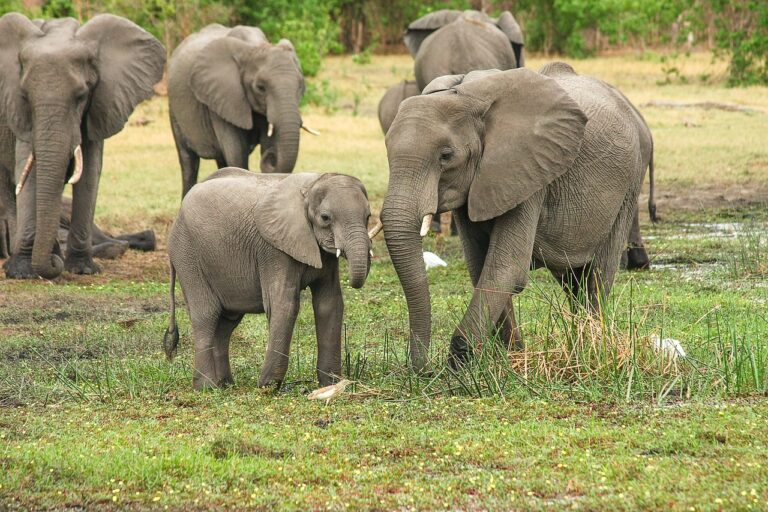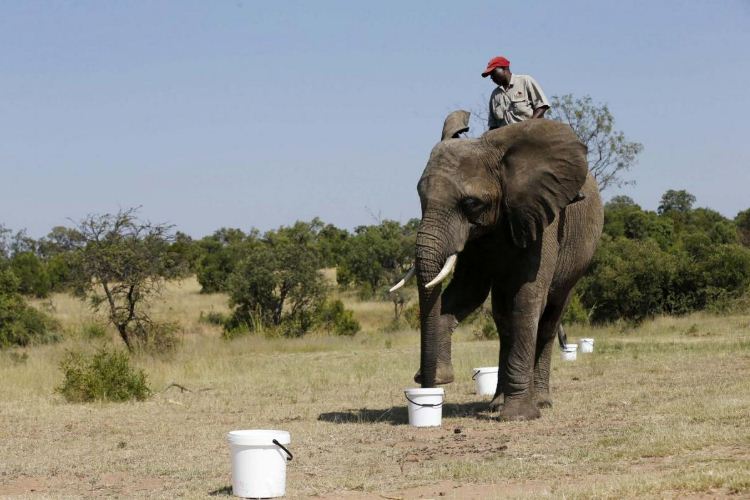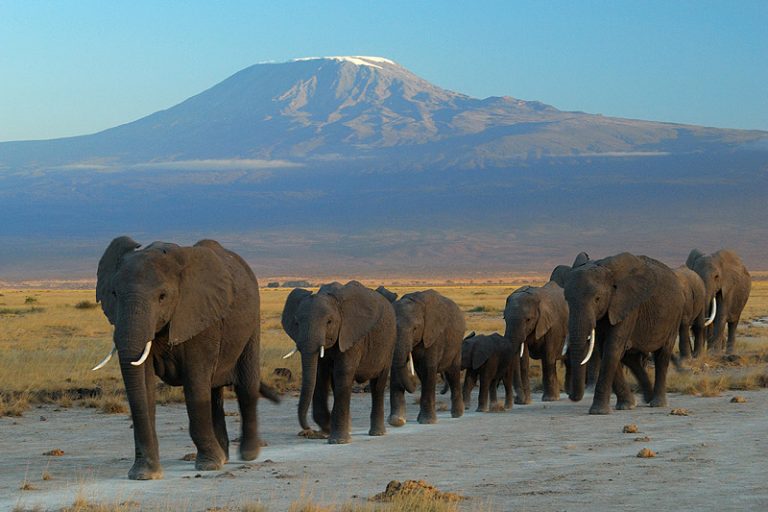How Many Elephant Species Exist Today?
Elephants have been exploited to the point of extinction by people for centuries now. Just how many elephant species actually exist today?
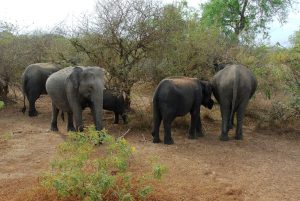
Though there used to be hundreds of different species of elephants that walked on the surface of the earth at some point, we have just two distinct but very broad species alive today. They are classified under two genera: Loxodonta and Elephants.
Loxodonta are the African elephants while Elephas are the Asian Elephants. However, there are other subdivisions under each of these genera. Let’s have a closer look at each one below.
A. African Elephant Species
This group encompasses two species: the savannah/bush elephant (Loxodonta Africana), and the forest elephant (Loxodonta cyclotis). These mammals are currently the largest land-dwelling creatures on the planet and they are well-known by their massive size and intelligent behavior. Adult males are generally larger than their female counterparts.
1. Savannah/Bush Elephant (Loxodonta Africana)
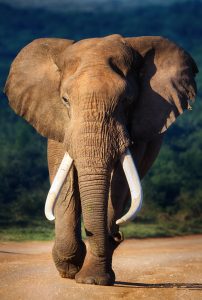
This is the larger of the two species native to Africa and it’s more widely distributed too. It can grow up to a height of 4 meters (13 feet) at the shoulders and they often weigh in the range of 6 tons.
They have extremely large fan-like ears that they use for heat loss and interestingly, both male and female of the species have tusks. Also, they have longer trunks than other elephants.
The African bush elephant has four recognized subspecies under it:
- Southern African bush elephant: It’s found in Southern Congo, Gabon, Malawi, South Africa, Botswana, Namibia, Zimbabwe, Mozambique, Zambia, and Swaziland.
- Massai elephant or East African bush elephant: Kenya, Uganda, Tanzania, the Eastern Democratic Republic of the Congo, Rwanda, and Angola.
- African plains elephant or West African bush elephant: Senegal, Mauritania, Nigeria, Northern Cameroon, Ethiopia, Somalia, and Liberia.
- North African bush elephant: A native mammal of the Sahara but now believed to be extinct.
2. The Forest Elephant (Loxodonta Cyclotis)
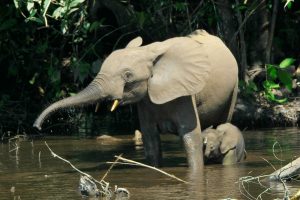
The smaller African forest elephant dwells in the forests of the Congo basin. They are darker than the Savannah species and their ears are smaller with a more rounded shape.
One major distinguishing difference between this elephant and the bush elephant is that this one has five toenails on its forefoot and four on its hind foot.
Also, they have very long, tough and straight tusks that can sometimes reach to the ground. They need these kind of tusks to help them move through the very thick vegetation in their habitat.
They are extremely vulnerable to poaching because of their low birth rate.
African elephants are listed as Vulnerable by the IUCN.
B. Asian Elephant Species
This elephant species is found in Southern and Southeastern Asia. Though African and Asian elephants may look quite similar from afar, up close you’ll notice the remarkable differences in their body structure. For one thing, their ears are much smaller than those of the African ones.
Also, Asian elephants have two domes on their head separated by an indent and the males may or may not have tusks. Female Asian elephants don’t have tusks.
There are four sub species in this group:
1. The Indian Elephant
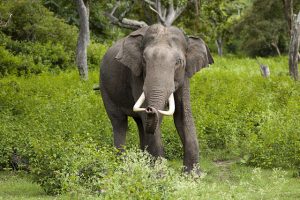
You can find this subspecies in mainland Asia. Adults of the species can grow up to 2 to 3.5 meters (6.5 to 11.5 feet) at the shoulder and could weigh as much as 4 to 5 tons. Females are smaller than the males.
Its body is of a lighter shade than that of the Sri Lankan species but darker than that of the Sumatran subspecies.
This elephant is classified as Endangered by the IUCN because its population has suffered from poaching, habitat loss to human activities, large scale deforestation, frequent road and rail accidents, etc.
2. The Sumatran Elephant

This creature is native to the Sumatran Island.
They grow to a shoulder height ranging between 2 and 3.2 meters (6.5 to 10.5 feet), and they weigh from 2 to 4 tons.
The Sumatran elephant has a generally lighter skin color than the other Asian species and it’s currently listed as Critically Endangered by the IUCN. This is a result of various negative human activities in its habitat.
3. The Sri Lankan Elephant
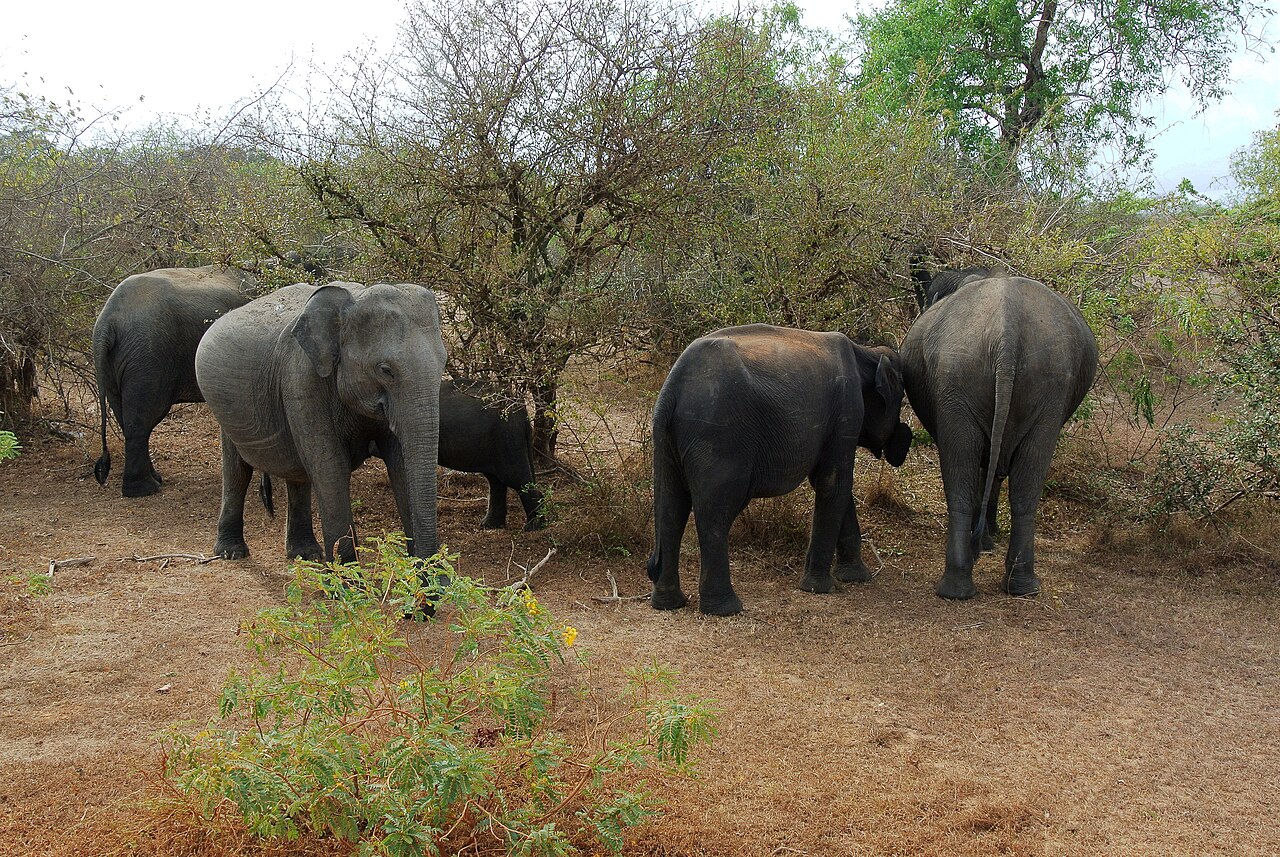
This species is native to Sri Lanka and it’s the largest in body size among the Asian elephants. Adults can reach heights of 2 to 3.5 meters (6.5 to 11.5 feet), and weigh between 2 and 5 tons.
It’s easily identified by its pinkish skin tone and the distinct depigmentation patches on its skin. Very few Sri Lankan elephant males have tusks.
The Sri Lankan elephant is classified as Endangered by the IUCN.
4. The Borneo Elephant
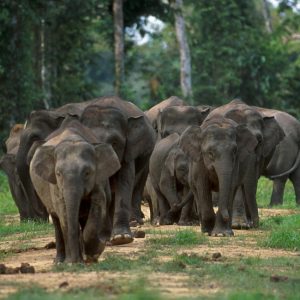
This elephant is commonly called the pygmy elephant of Borneo. You can find it in parts of northeastern Borneo in Malaysia and Indonesia.
It’s known for a tame and generally passive behavior and though it may be slightly smaller than the other subspecies, it has a relatively long tail for its body size.
There’s a lot of debate among researchers about the roots of this elephant. Though, the common belief is that they may have evolved from the captive elephants that were introduced to Borneo by the Sultan of Sulu.
No matter their origin and evolutionary differences, all these elephants are intelligent, social animal that will not habitually harm human beings.
Humans have exploited every one of these species and subspecies for centuries and that has to stop if there is to be any chance of these mammals thriving again.

